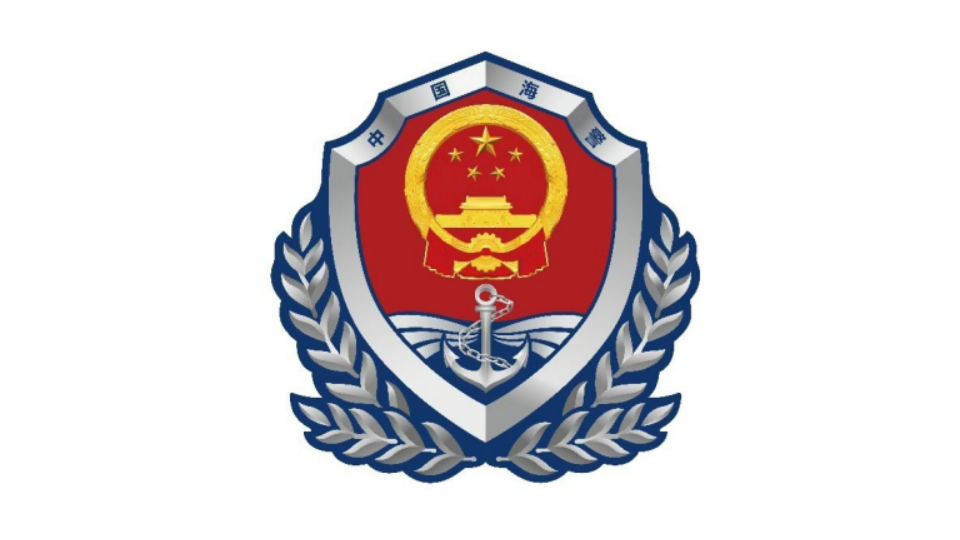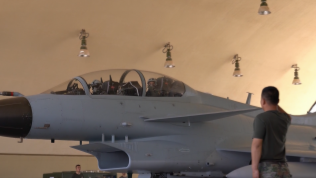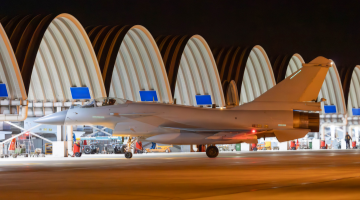By Zhang Jiadong
张家栋
Considering the protracted Russia-Ukraine conflict, the need to contain China, and many other factors, the US and its NATO allies are talking more about rebuilding the defense industry.
主要出于俄乌冲突长期化以及对华遏制等考量,美国及其北约盟国正在加大有关“重建国防工业”的讨论。
The US military industry shot up during WWII and the Cold War. After the attack on Pearl Harbor in 1941, the US completed its wartime economic mobilization within half a year and turned a lot of civilian industrial enterprises into military enterprises, not only making itself the largest armory for the allied powers, but also debuting its military-industrial complexes . The US spent a colossal amount of money on military development during the Cold War, hitting 9.42% of GDP in 1967. Such a tremendous military expenditure nurtured a gigantic military industry, along with an equally gigantic, new type of interest group that has since held great sway over the country's economic and political circles.
美国军工产业崛起于二战和冷战。1941年珍珠港事件爆发以后,美国仅用半年时间就完成美国经济的战时动员,把大量民用工业企业转化为军工企业,成为盟国的最大“兵工厂”。这也使得美国的军工复合体开始登上舞台。冷战时期,美国军费开支非常庞大,1967年,美国军费开支达到GDP的9.42%。庞大的军费开支滋养出一个庞大的军工产业,由此形成一个同样庞大的新型利益集团,在国民经济和政治生活中拥有举足轻重的地位。
After the end of the Cold War, countries all entered a peaceful state, and the share of America's military spending in GDP shrank, which naturally lent a blow to the military-industrial system. The sharp decrease in military equipment deals caused many American military-industrial enterprises to shift to the civilian track, with some going out of business.
冷战结束以后,各国总体转向和平状态。美国军费开支占GDP的比例随之下降。军工体系自然受到冲击。军事装备采购力度的下降导致不少美国军工企业向民用转型,有一些甚至直接倒闭。
In addition to the "challenge of peace", the US military-industrial system is also faced with the double whammy of globalization and the financialization of the American economy. For one thing, the globalization process has lengthened its manufacturing chain and made its military manufacturing more dependent on other countries. For another, the growing proportion of financial and virtual practices in American economy has pushed a major part of its manufacturing activities to other countries, and the military-industrial complex concept from the Cold War period is gradually replaced by the new concept of financial-military-industrial complex. Both changes have driven the low-value-added links on the military manufacturing chain to move beyond American borders and driven up the proportion of its international procurement.
美国军工体系不仅面临“和平挑战”,同时还面临全球化进程以及美国经济金融化的双重挑战。一方面,全球化进程使美国制造业的链条更长,也使美国军工生产对其他国家的依赖程度不断上升。另一方面,美国经济的金融化、虚拟化推动大量制造业转移到其他国家,冷战时期的军工复合体概念也逐渐被“金融-军工复合体”的新概念所取代。这两大变化,都推动美国把军工生产链条中的低附加值环节向国外转移,国际采购比重不断上升。
As a result, the US has to import some raw materials and components from foreign countries, including China, while its military-industrial enterprises depend more heavily on the international market. The reduced military spending exposes those enterprises to the possibility of surplus capacity. In other words, the US military-industrial chain is seriously reliant on the international market both at the upstream and the downstream, getting on the path of internationalization just as other industries do.
这就导致一边是美国军工生产中的一些原料和部件需要从包括中国在内的不少其他国家采购。另一边是美国军工企业对同际消费市场的依赖度上升。军费开支下降,导致美国军工企业面临产能过剩的问题。换句话说,美国军工产业链条的上下两端都严重依赖国际市场,与其他产业一样走上国际化道路。
This is actually a normal and inevitable result of the globalization process, but now Washington has another idea about its military industry. There are two reasons for this. First, the sustained tension in and deterioration of China-US relations has in a way ruined the mutual dependence between Chinese and American military industries. China used to be an important source of raw materials for America, but now the US doubts the reliability of this source. Second, the protracted Russia-Ukraine conflict, which is likely to prolong further, has created more-than-expected demand for military equipment.
这本来是一种正常现象,也是全球化进程的必然结果之一。但现在,美国对军工产业的观念又在发生变化,主要是两个原因:一是中美关系的持续紧张和恶化,导致中美军工产业一定程度上的相互依存被破坏。中国是美国军工产业的重要原材料来源地,但现在美国对这些来源的“可靠性”产生怀疑。二是俄乌冲突呈现长期化趋势,对军事装备的需求量超出预期。
America believes that the superior quality of high-tech weapon systems may be able to secure victories in local wars, but not enough to squash the quantitative advantage of a military power – America's imaginary enemy, and the US armed forces not only need to lead in quality, but in quantity as well. That has effected a change in the philosophy of military equipment development in the US or the entire Western bloc.
美国认为高科技武器系统方面的质量优势虽然可以取得局部战场的胜利,但并不足以压倒一个军事大国的数量优势。在以军事大国为假想敌的战争场景中,美军不仅需要“质”上的领先,在“量”上也不能落后。这就推动美国包括整个西方阵营在内军事装备发展观念的变化。
The breakout of the Russia-Ukraine conflict has given American military-industrial enterprises new hope, who, a US think tank estimated, have obtained nearly US$22 billion worth of arms deals from US partners from the breakout of the conflict to the end of last year. The production capacity of the enterprise that manufactures the HIMARS system has doubled.
俄乌冲突的爆发给美国军工企业带来“商机”。美国一家智库曾估算,自俄乌冲突爆发到去年年底,美国军工企业从伙伴国家获得的军售订单总价值近220亿美元。美国生产“海马斯”系统的军工企业,产能增长一倍左右。
America's renewed emphasis on military manufacturing isn't just an emergency response to the conflict between Moscow and Kyiv. It implies major strategic intentions on the US part. During the Ronald Reagan time, the US kicked Soviet Union out of the picture through an arms race. Many Americans believe increasing military expenditure is a more cost-effective way of dragging a strategic rival down than waging a war. This, however, will send shock waves through the strategic balance and peace in the post-Cold War era. There has long been a balance between the US and other major countries – the former excels in the quality of weapons but not in quantity. Under such a balance, neither side is overwhelming enough to wage a massive war, creating the possibility of a sort of "strategic mutual trust" among them.
美国重新重视军工生产并非仅仅是对俄乌冲突的应急反应。一方面,美国存在重大战略意图。里根时期,美国曾用军备竞赛在经济上拖垮苏联。不少美国人认为,用增加军费来拖垮战略对手,比发动战争的综合成本更低。另一方面,这将对后冷战时代的战略平衡与和平局面构成严重冲击。美国与其他大国之间曾长期存在一种平衡:美国军事力量有质量优势,但无明显数量优势。这种平衡使美国和其他大国都无力发动大规模战争,因而构成大国间的一种“战略互信”。
If the US military is seeking to shore up its quantitative disadvantage while maintaining qualitative advantage, a more intense arms race will be on the horizon that will erode the already fragile balance among the major countries, increase the risk of war, and spell disaster for world peace and stability.
一旦美军在拥有质量优势的同时谋求降低数量劣势,其结果将是导致更加激烈的军备竞赛,破坏大国之间原本就已非常脆弱的关系。这会增加战争风险,对世界和平与稳定不是好消息。
(The author is a professor at the Center for American Studies, Fudan University.)
(作者是复旦大学美国研究中心教授)
Editor's note: Originally published on huanqiu.com, this article is translated from Chinese into English and edited by the China Military Online. The information and opinions in this article do not necessarily reflect the views of eng.chinamil.com.cn.









